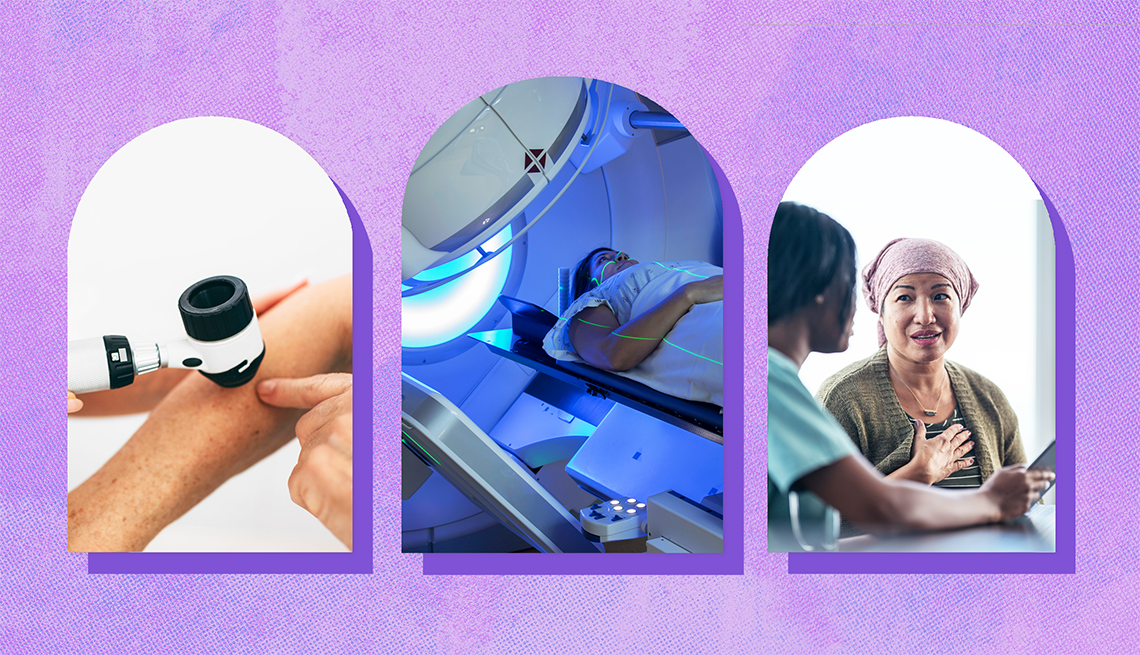
How cancer is affecting the aanhpi population
- Select a language for the TTS:
- UK English Female
- UK English Male
- US English Female
- US English Male
- Australian Female
- Australian Male
- Language selected: (auto detect) - EN
Play all audios:

* Notably, about 50 percent of breast cancers in Guamanian, Samoan, Pakistani, Tongan, Laotian and Hmong women are diagnosed at an early stage, when the cancer is most treatable, compared
with 68 percent in white women and 73 percent in Japanese women. _DEATH DISPARITIES ARE STRIKING FOR CERTAIN CANCER TYPES._ Overall, Asian Americans are 40 percent less likely to die from
cancer than white individuals in the U.S., but they are nearly 40 percent more likely to die from liver cancer and twice as likely to die from stomach cancer. Meanwhile, those in the Native
Hawaiian and Pacific Islander groups have a 7 percent lower overall cancer mortality compared with white Americans, but death rates are 30 percent higher for breast cancer, 75 percent higher
for liver cancer and roughly two to three times higher for cervical, stomach and uterine (endometrial) cancers. _LUNG AND BREAST CANCER ARE THE LEADING KILLERS._ Lung cancer is the leading
cause of cancer death for all AANHPI groups. It’s also the leading cause of cancer death for women, except Filipino, Asian Indian, Samoan and Guamanian women, among whom breast cancer leads.
_SURVIVAL RATES ARE LOWER FOR MANY. _With the exception of Asian Indian individuals, AANHPI groups have a lower overall five-year cancer survival rate compared with white individuals. A
‘CULTURALLY TAILORED’ APPROACH A number of factors fuel the disparities highlighted in this report, researchers say. Some ethnic groups within the AANHPI population are more likely to
have obesity, which is a risk factor for several types of cancer, including liver, breast and stomach. Others are more likely to smoke or face barriers to screening and treatment. That is
why promoting preventive behaviors and cancer resources throughout the AANHPI population is needed, Wagle says. “However, it has to be from a culturally tailored lens, [so] that we can
connect with some of these groups in a better way,” she adds. The term “Asian” refers to a person with origins in the Far East, Southeast Asia or the Indian subcontinent, the report states,
encompassing about 24 million people in the U.S. The term “Native Hawaiian and other Pacific Islander” refers to people from Hawaii, Guam, Samoa, Tonga or other Pacific islands throughout
Polynesia, Micronesia and Melanesia, roughly 1.7 million people in the U.S. “It’s essential that we acknowledge the diversity of the Asian American, Native Hawaiian and other Pacific
Islander population. Consideration of cultural appropriateness, translation into native languages, improved access to health care and patient navigation could help increase knowledge and
uptake of cancer screening and preventive services,” Ahmedin Jemal, senior vice president of surveillance and health equity science at the American Cancer Society, said in a statement.
